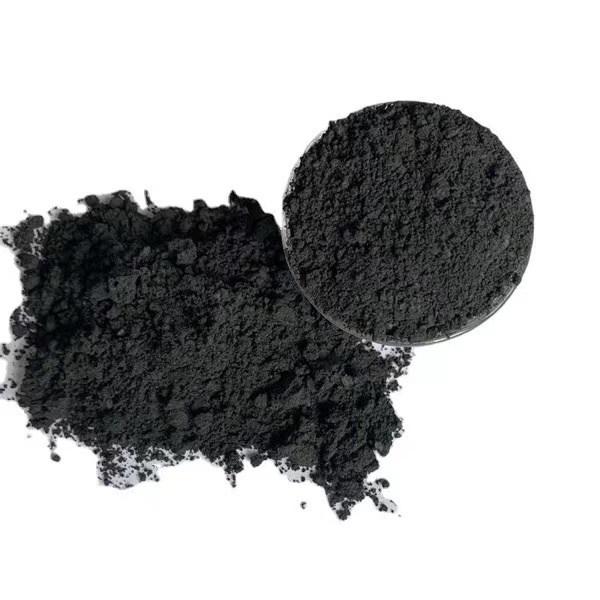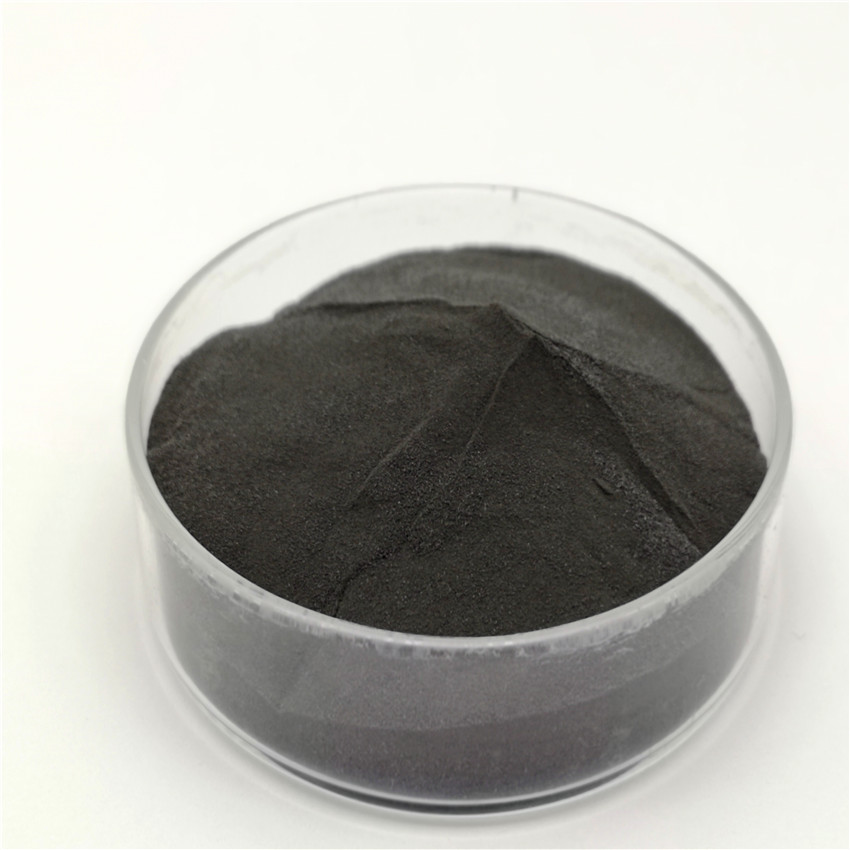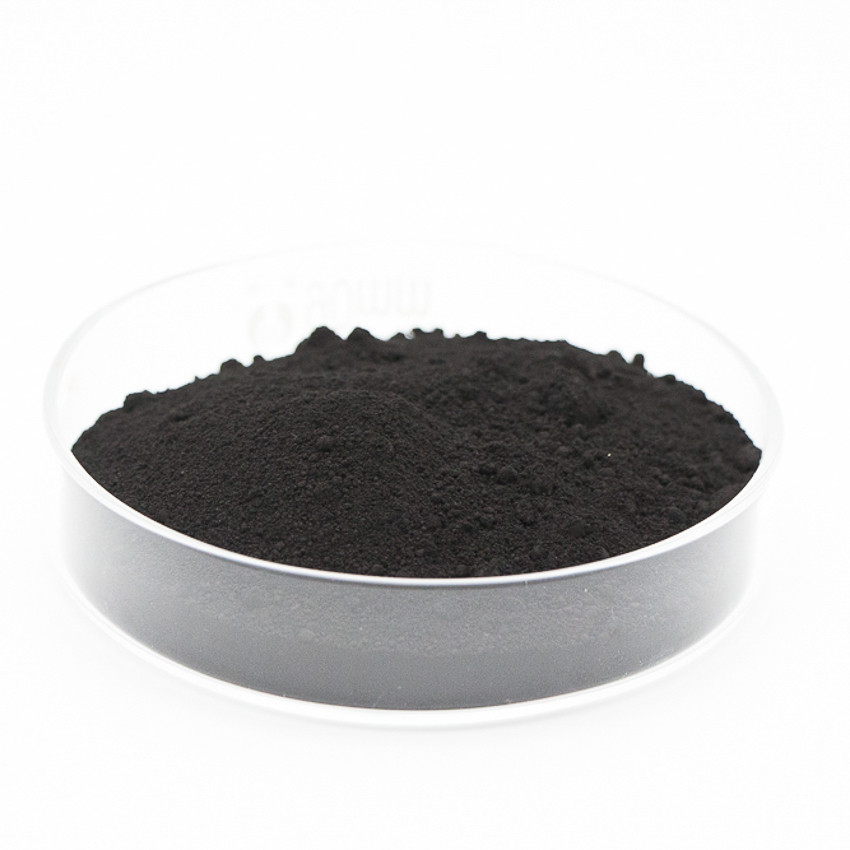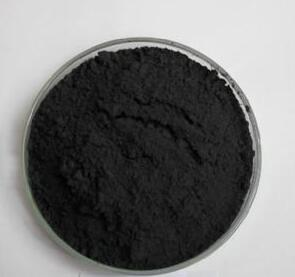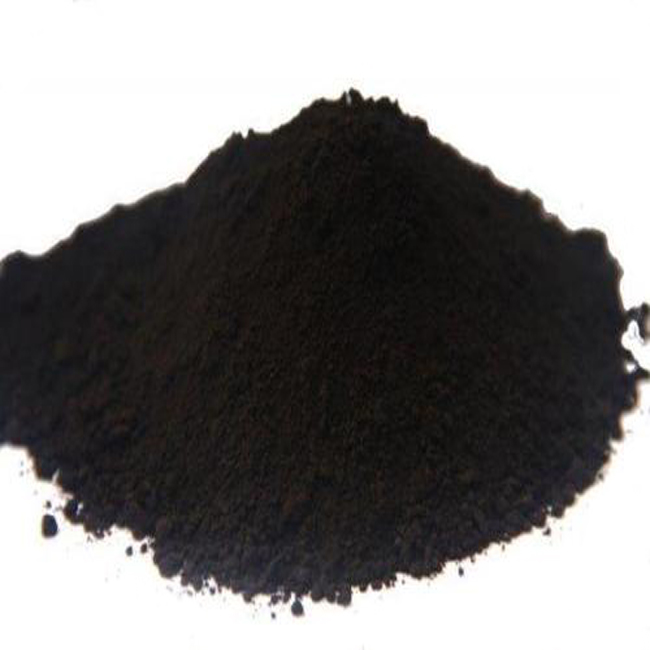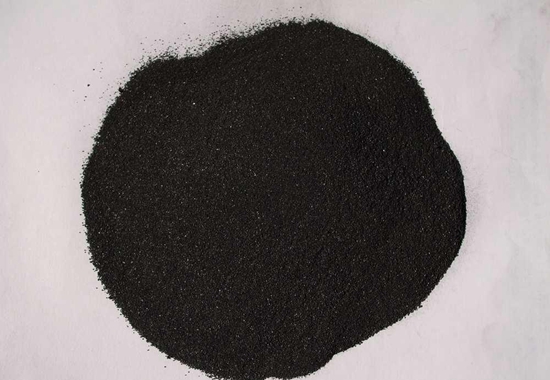Factors Affecting the Price of Graphite
Several factors affect the price of graphite, from supply to demand. There is a high demand for large flakes, which are currently priced at a high margin. A lack of supply in the larger flake market has created supply shortages. New western sources of small flake production are needed to meet the expected growth in the EV/LiB market and to ensure adequate supply security.
Graphite powder is produced in different places
Graphite powder is produced from graphite ore in several places around the world. There are two main processes for the production of graphite powder: impregnation and pyrolysis. Both processes use high temperatures and result in crystalline graphite. The process changes the properties of the material and makes it purer.
Impregnation is the most common way to produce graphite powder. A process called CIP can reduce the number of cycles between impregnation and pyrolysis and can improve density by almost 100%. The density of the product is highly dependent on the geometry and the propensity of carbonization. A hybrid technological chain with intermittent cold isostatic pressing provides higher density and helps in the fabrication of complex geometries.
Grinding is another common way to produce graphite powder. When the graphite is crushed, it becomes a fine powder that is used for oil drilling slurry. It can also be used as a coating in foundry molds. Graphite mills also produce synthetic graphite powder for use in the steel industry.
Graphite is produced in various places, but a few methods are widely used for its production. It is usually produced in powder form and then further processed to produce various products. Traditional methods involve the use of graphite powder and a binder to produce high-quality products. This method also allows for high-volume production and complex shapes.
The supply and demand problem of graphite powder
While the demand for graphite continues to grow, the supply remains limited. There are only a few commercially developed sources. Additionally, processing and grade development are difficult and logistics are complex. This problem poses a challenge for the graphite market, which is dominated by industrial end uses requiring large volumes. However, the demand for graphite may grow as Li-ion batteries take off.
Graphite powder is important in the automobile industry, where it has replaced asbestos in recent years. This has expanded the market. By 2030, India's automotive industry is expected to be the third largest in the world, generating USD 200 billion in revenue. Meanwhile, the manufacturing industry in the United States is estimated to reach USD 6 trillion by 2022. The United States alone has about 638,590 manufacturing firms.
Graphite is a mineral made from carbon. It has metallic properties and is a good conductor of electricity and heat. However, it does have a high level of impurities. Because of these, it can be very expensive to produce. Therefore, it's important to identify a supplier that will be willing to supply you with graphite at a reasonable price.
A new supplier is likely to become available in the United States as more companies develop and commercialize electric vehicles. As this new market opens up, the United States will have a significant opportunity to enter the graphite market. As the demand for electric vehicles grows, the country will need more graphite than ever before. The country's demand is likely to double by 2040 compared to the demand for graphite in 2020.
Graphite powder production technology
Graphite powder production technology consists of several steps. First, the particles to be treated are fluidized. This can be accomplished by any known fluidization technology. Next, the mixtures are cooled and solidified before being deformed in a steel die. Afterward, they are compressed and cooled to the desired density, and the result is a graphite powder with increased pressed density and bulk density. Furthermore, the material's other properties are modified through the mutual physical-mechanical action of the powder particles.
Graphite powder production technology also includes sieving processes. Sieving is tricky because graphite powder typically comes in very small particles. For instance, many powder specifications call for graphite that is less than 44 microns in size. This is a challenge for traditional screeners because they don't have the energy to screen graphite at these smaller sizes.
The next step in graphite powder production involves using an autogenous surface treatment process. This procedure increases the particle's Scott density by impacting with another particle. This results in a mutual physical-mechanical action that changes the particle's surface and shape, along with its other properties. As a result of this treatment, graphite powder will exhibit higher-than-expected strength, and its stiffness is improved.
While the process of ball-milling can produce graphite powder, it also creates active edges and defects. These defects can serve as active sites for CH bond formation. In addition, it requires a large amount of energy to break CH bonds, which increases the temperature of graphite. Ball-milled graphite's hydrogen desorption temperature is 650-950 K, and the hydrogenation of ball-milled graphite can be reversed by adding iron or lithium hydride.
Import and export policy of graphite powder
The import and export policies of graphite are important factors for its sustainable development. The trade balance between China and other countries determines graphite prices and the quantity exported. These factors are largely dependent on economic mass, language, and export duty refund. The study concludes with policy recommendations for enhancing China's graphite industry.
China and India produce graphite and are not MTCR members. Nonetheless, they have large indigenous production capacities and less stringent export controls than the U.S. Therefore, they can supply the market with fine grain, and high-density graphite. The SCOMET List does not control size or bulk density. However, China and India are considered non-MTC members and can export graphite without a license. This policy allows other countries to obtain graphite from China at lower prices than those produced in the United States.
Graphite is controlled for MT and AT. While no license exceptions apply for shipments to Canada, export licenses may be subject to an MTA condition. The State Department will seek government-to-government assurance before granting an export license. This condition is meant to ensure that the export does not violate existing treaties or agreements.
Graphite is a specialty material that is regulated at various levels. It is traded worldwide and is available for industrial purposes. In 2010, China imported 75 thousand tons of natural graphite from North Korea. In addition to that, it imported 23.5 thousand tons of high-performance graphite from the U.S. and Europe.


